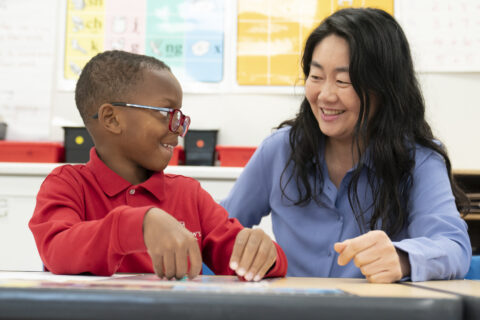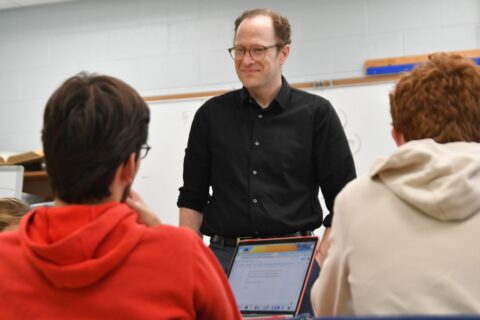
The Academy: Empowering Educators to Enhance Student Achievement
Sara McAuliffe is a passionate educator who is dedicated to fostering meaningful learning experiences. She is currently an English teacher and interim Dean of Students at St. Andrew’s Episcopal School







